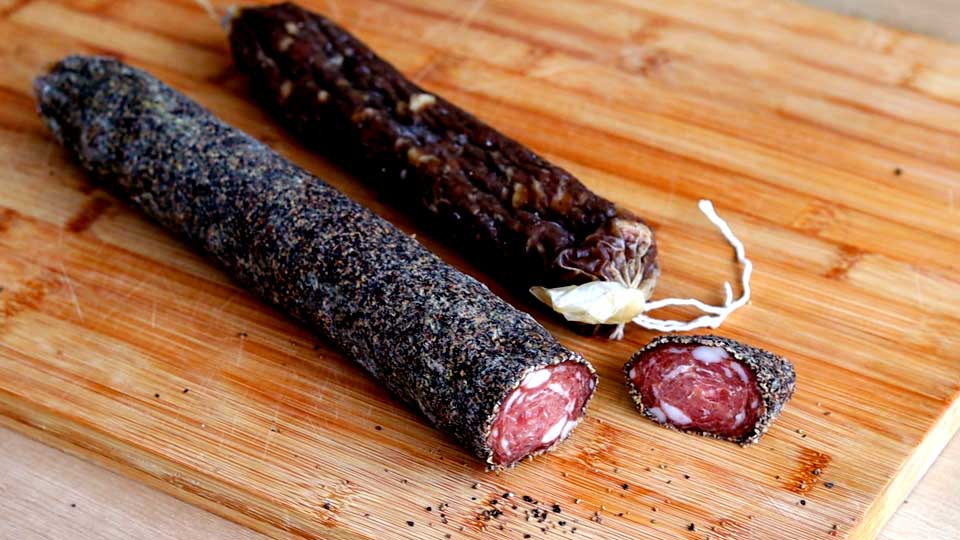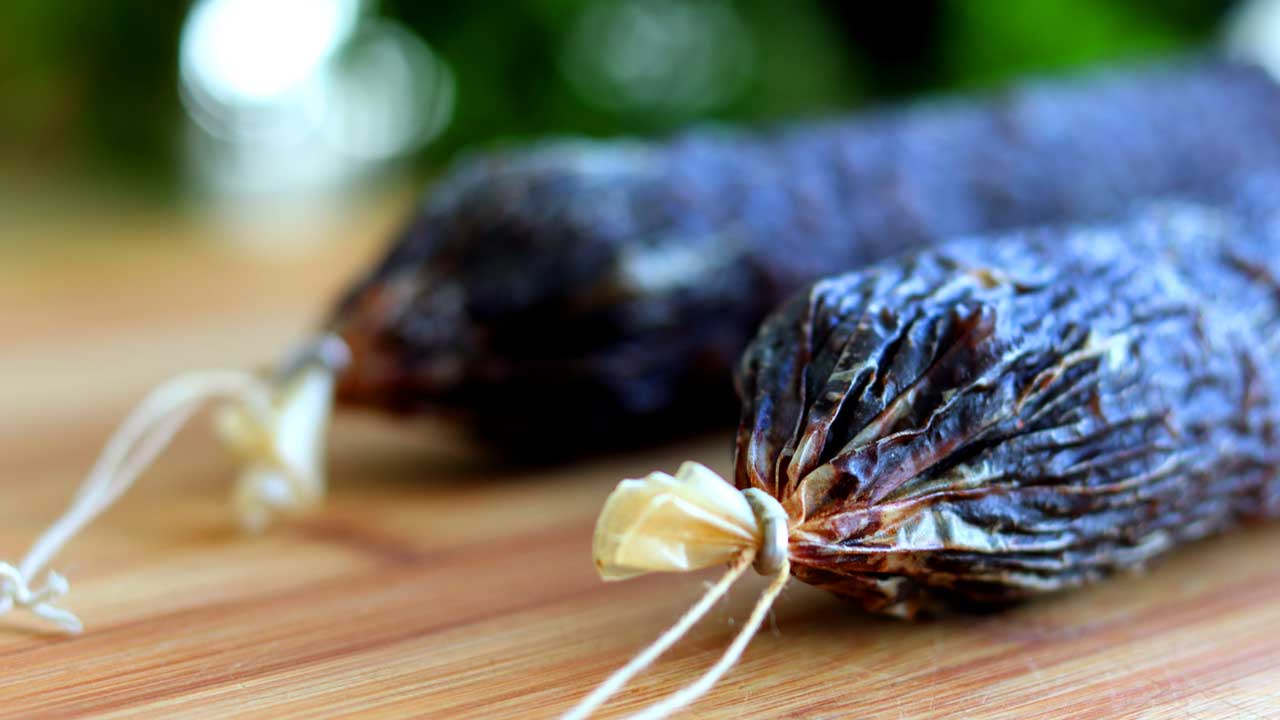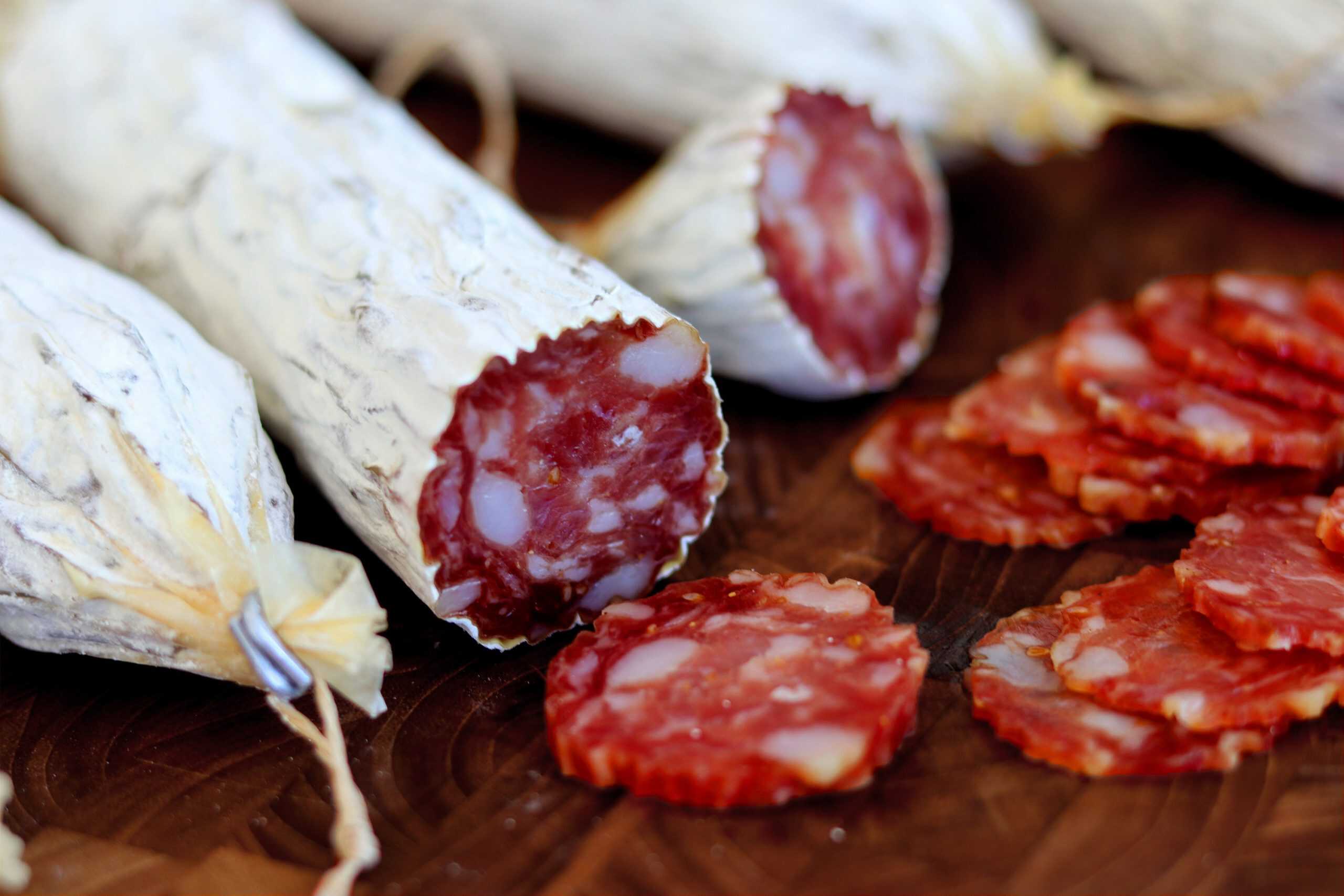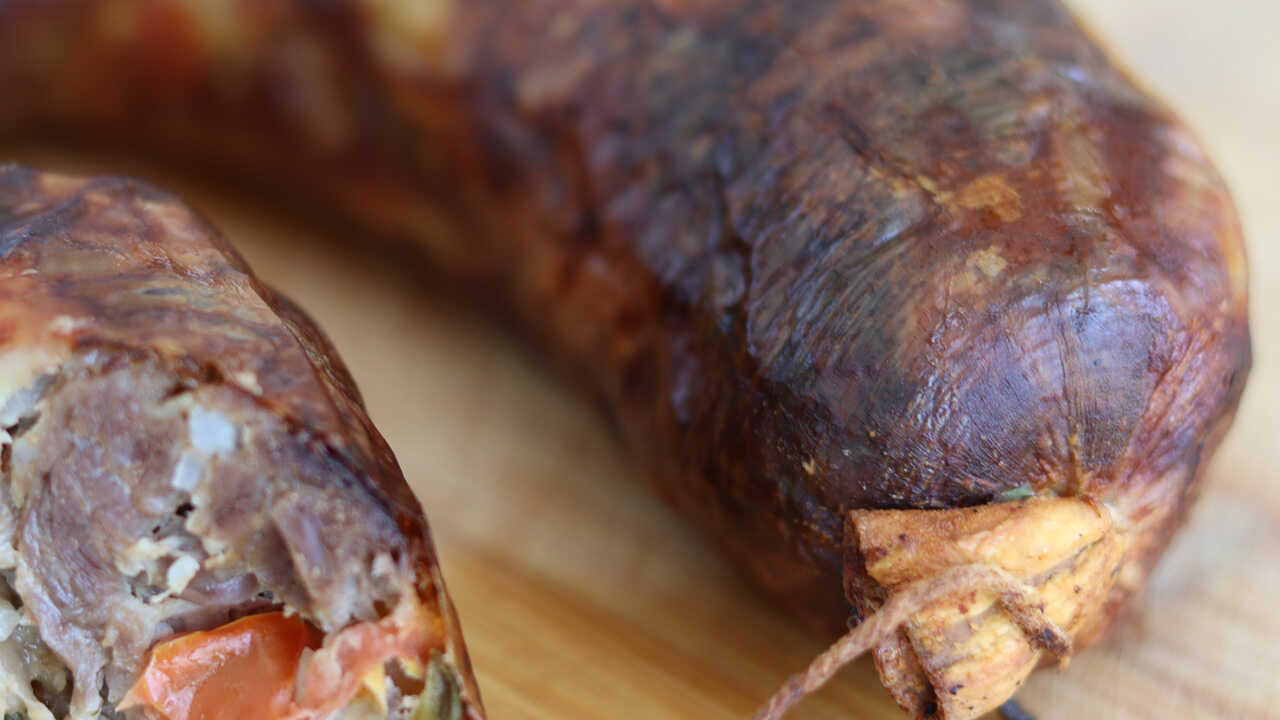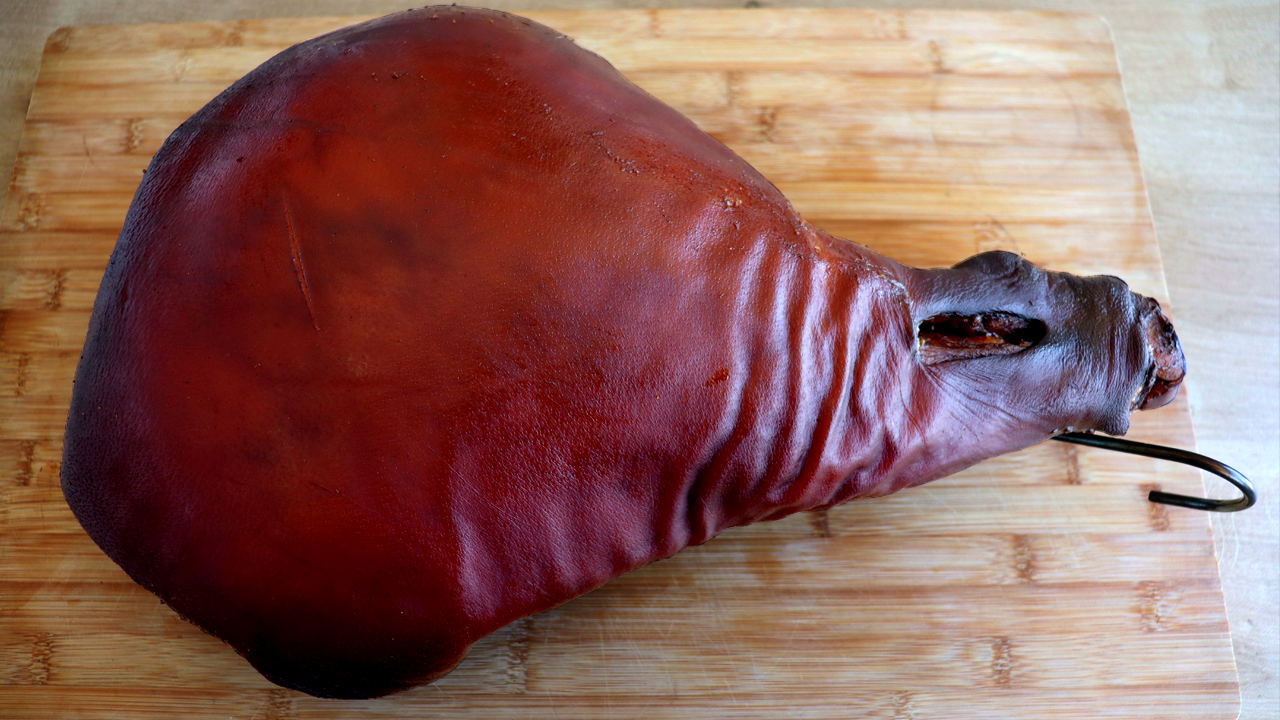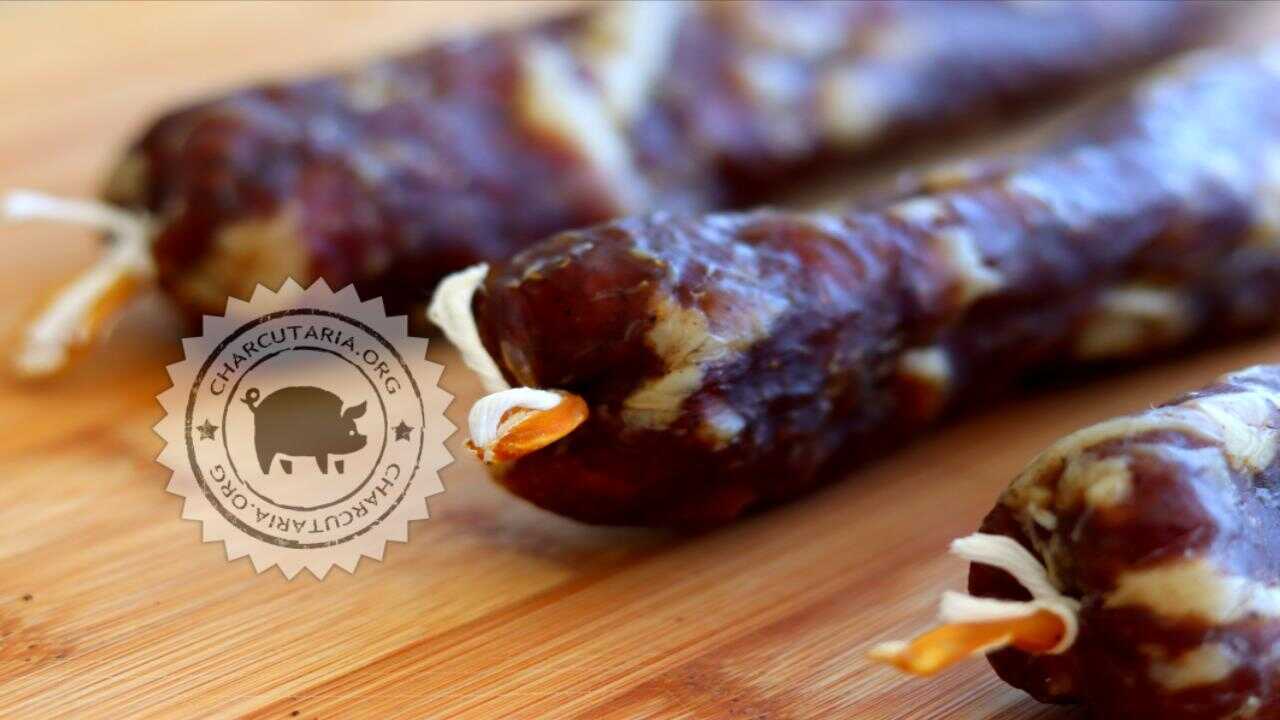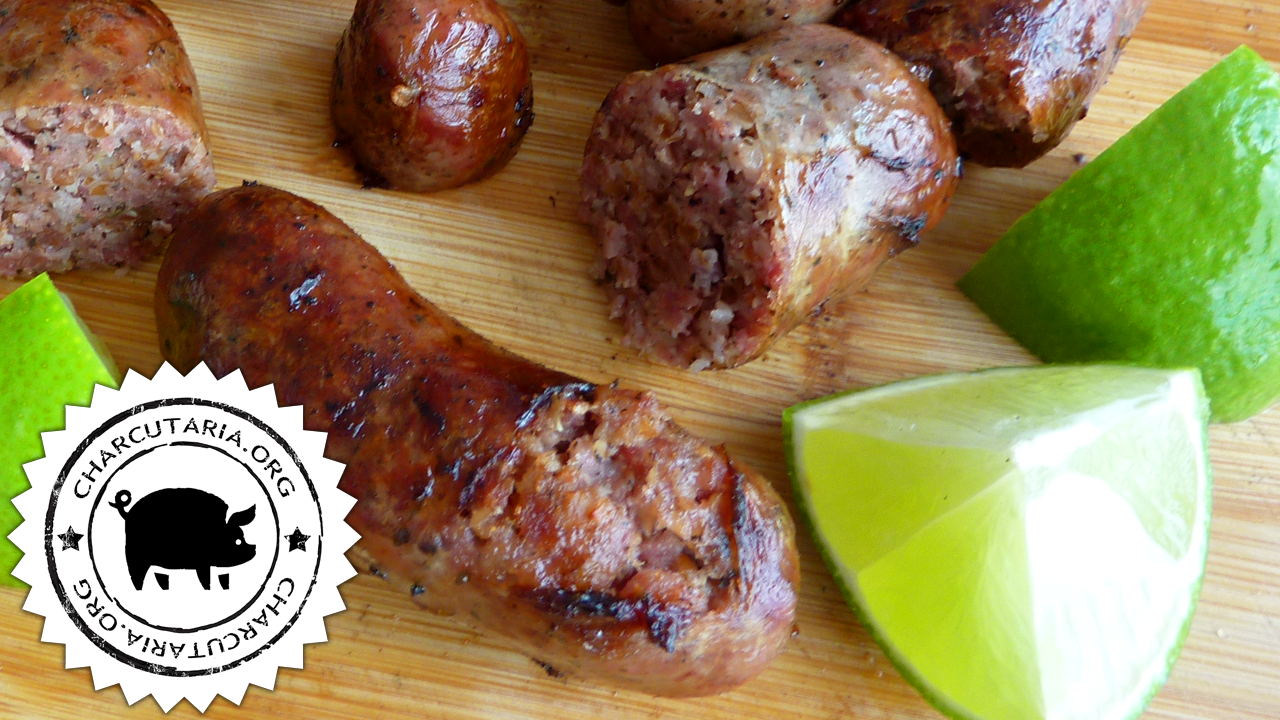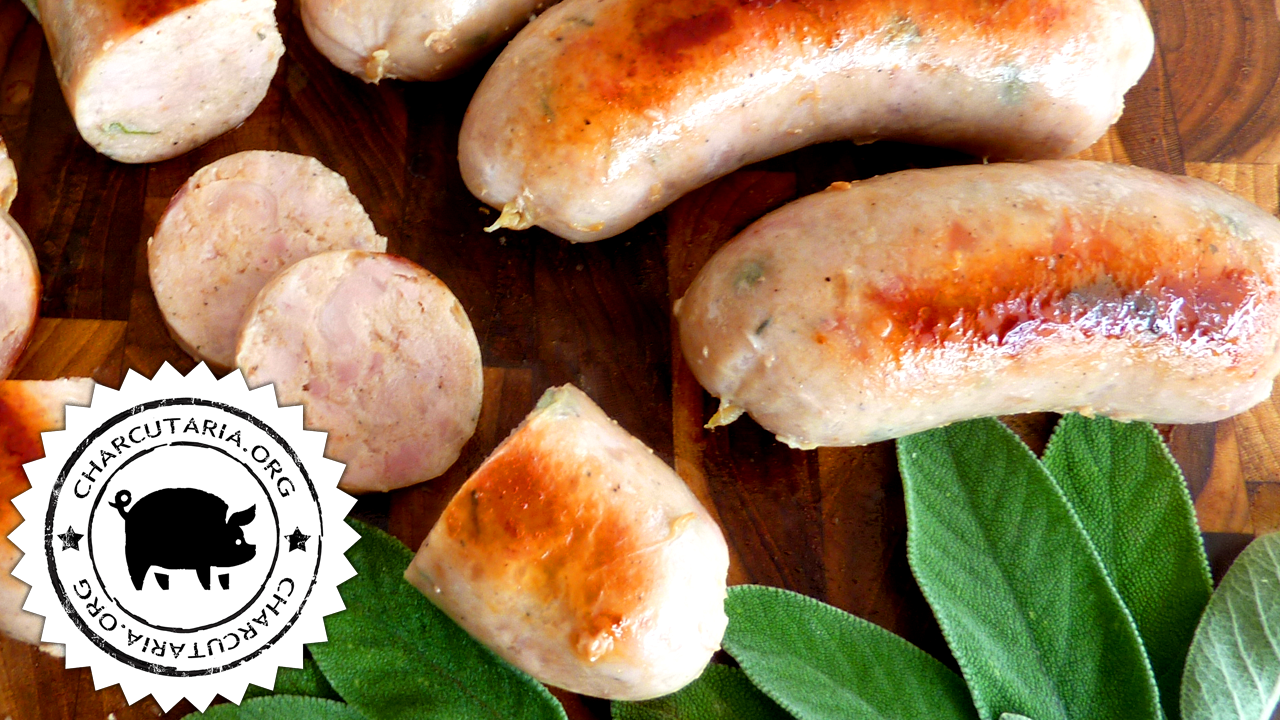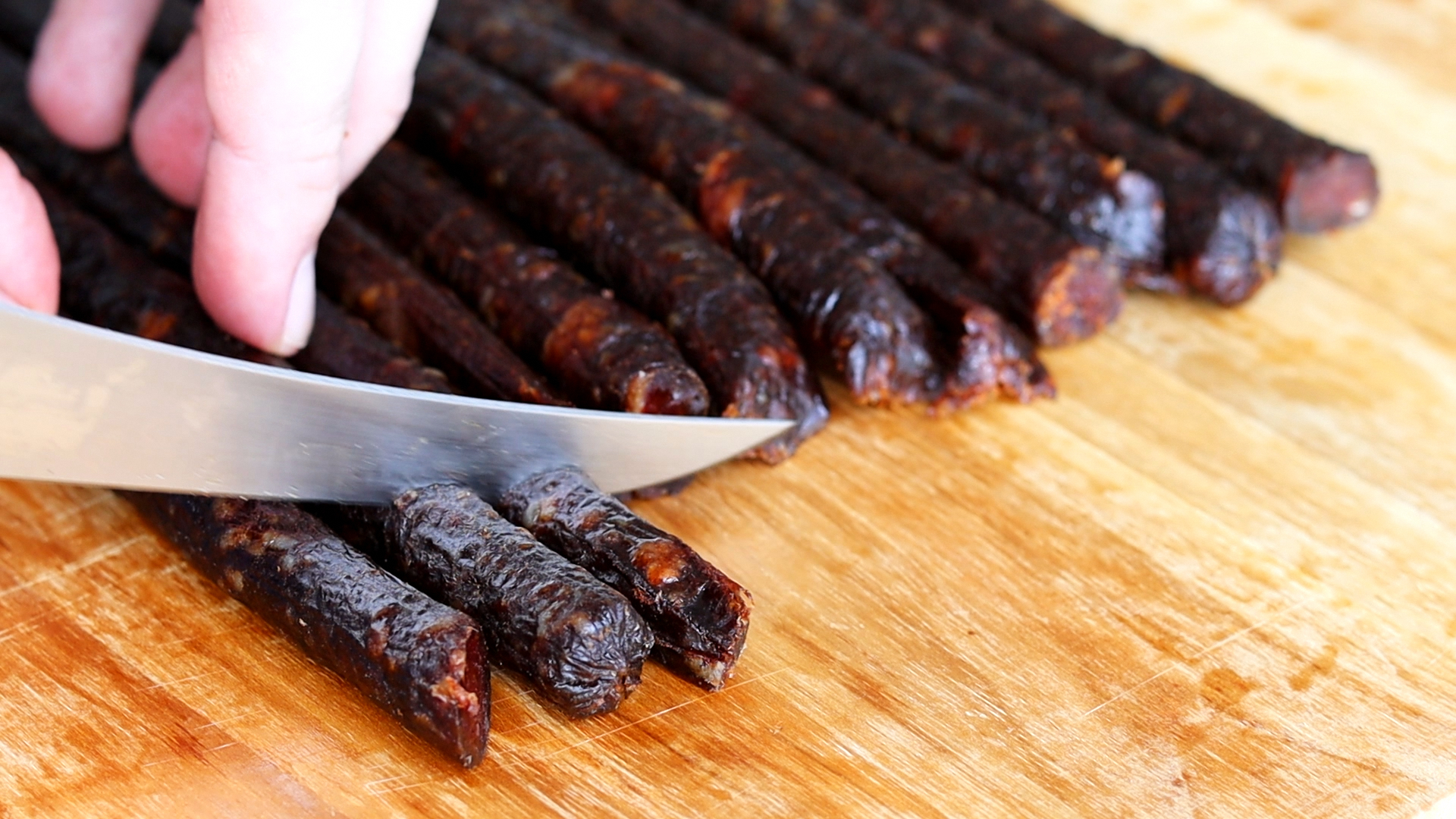
O pepperoni stick is a smoked and cured (air-dried) snack type product, usually made from beef and/or pork. It is seasoned with salt, red pepper and spices, which gives it the aromatic and spicy flavor characteristic of pepperoni. It is a product that aims for convenience, portability and intense flavor. A tasty and nutritious snack due to its high protein value. It is a great snack for quick consumption anywhere.
Continue reading Pepperoni stick
